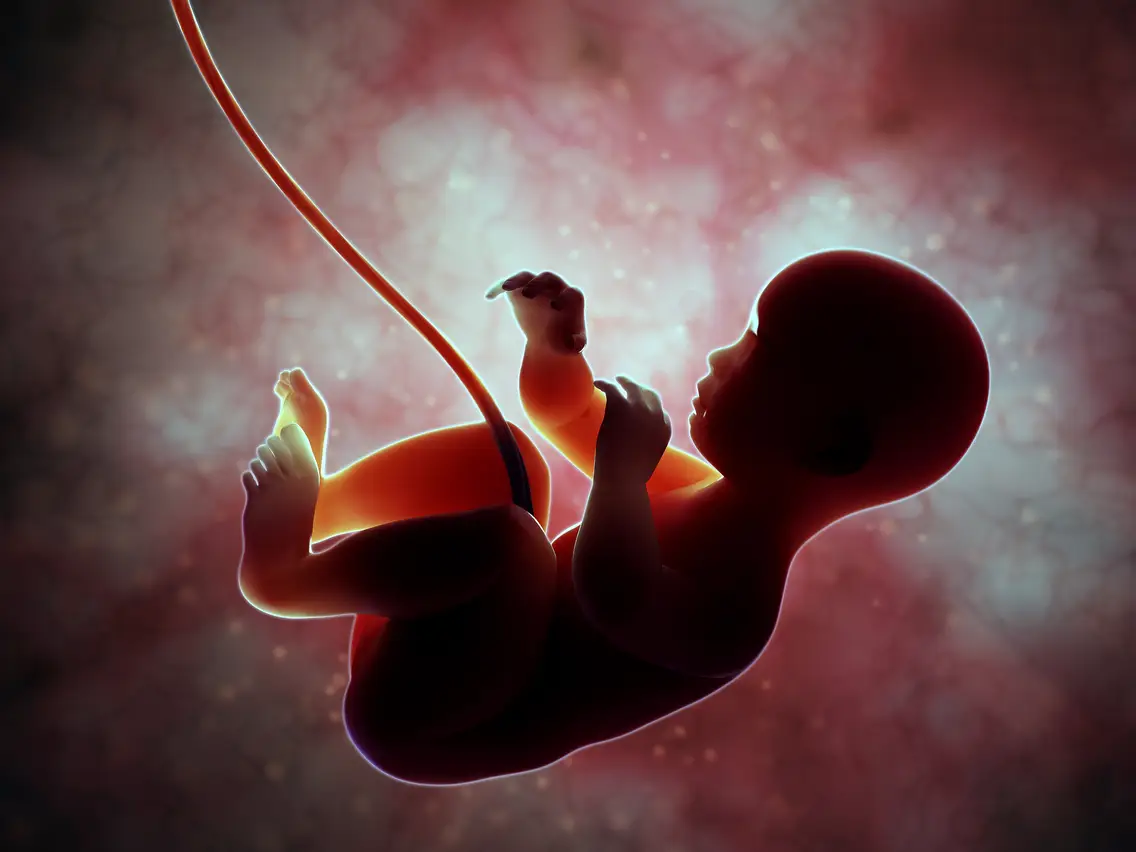Normally,
- Our blood collects oxygen from our lungs and delivers it to all parts of the body.
- It also collects carbon dioxide from the body parts and dumps it in the lungs.
- The heart facilitates all the blood flow.
But inside the womb, the baby is floating in the amniotic fluid. There is no air in the lungs for the blood to collect oxygen.

Mother’s Oxygen
So instead of the lungs, the baby’s blood receives oxygen refill from the mother’s blood and dumps its carbon dioxide into the mother’s blood. This does not mean that their bloods mix. The transfer happens through a thin membrane in the placenta, which separates their bloods but allows the transfer of these gases and nutrients between them.

The mother’s blood then gets the oxygen refill through her lungs as usual. In effect, the mother breathes for both herself and the baby.
Redirection of blood flow
Since the gas exchange happens in the placenta and not in the lungs, it would be stupid for the baby’s heart to send deoxygenated blood to its lungs hoping for an oxygen refill. So the heart has some specific adaptations that make the blood flow to bypass the lungs and get delivered to the body parts directly. Still, a small amount of blood will flow into the lungs because it also needs blood flow like any other organ to grow.
Also, the blood has to reach the placenta for gas exchange and nutrients. For this, a separate set of blood vessels is formed connecting the normal blood vessels to the placenta. These are the umbilical blood vessels that run through the umbilical cord. So the blood pumped from the heart reaches both the placenta and the body parts.
Transition during birth
While inside the womb the baby practices breathing, during which it inhales the amniotic fluid. Its lungs are filled with this fluid. During labor, the contractions in the uterus squeeze the lungs and push this fluid out, making space for air to flow in after the baby comes out. Once the baby is out, it inhales air for the first time and its lungs are filled with air. This triggers a set of actions that reverses the adaptations of the heart and brings more blood flow into the lungs. The umbilical cord is clamped and cut, stopping the blood flow to the placenta.
This transition into breathing air from the environment marks the birth of a new life. And it is the most complicated adaptation a human being experiences.
Footnotes
This is of course a very abstract explanation of how it works. If we go deep into how each of these steps happens, you’ll be amazed at how precisely everything is designed. For example, we said oxygen gets transferred from the mother’s blood to the baby’s blood through a membrane. Why would the oxygen want to jump into the baby’s blood? Both are blood and both have hemoglobin. Why not just stay where it is? And why would carbon dioxide want to jump in the opposite direction?
References
https://www.healthline.com/health/pregnancy/how-babies-breathe-in-the-womb
https://www.medicalnewstoday.com/articles/318993
https://www.aboutkidshealth.ca/babys-first-breath
